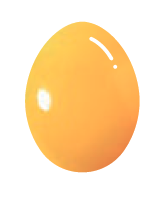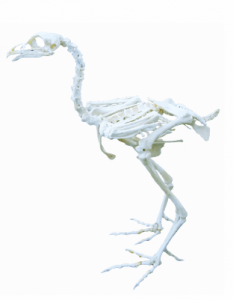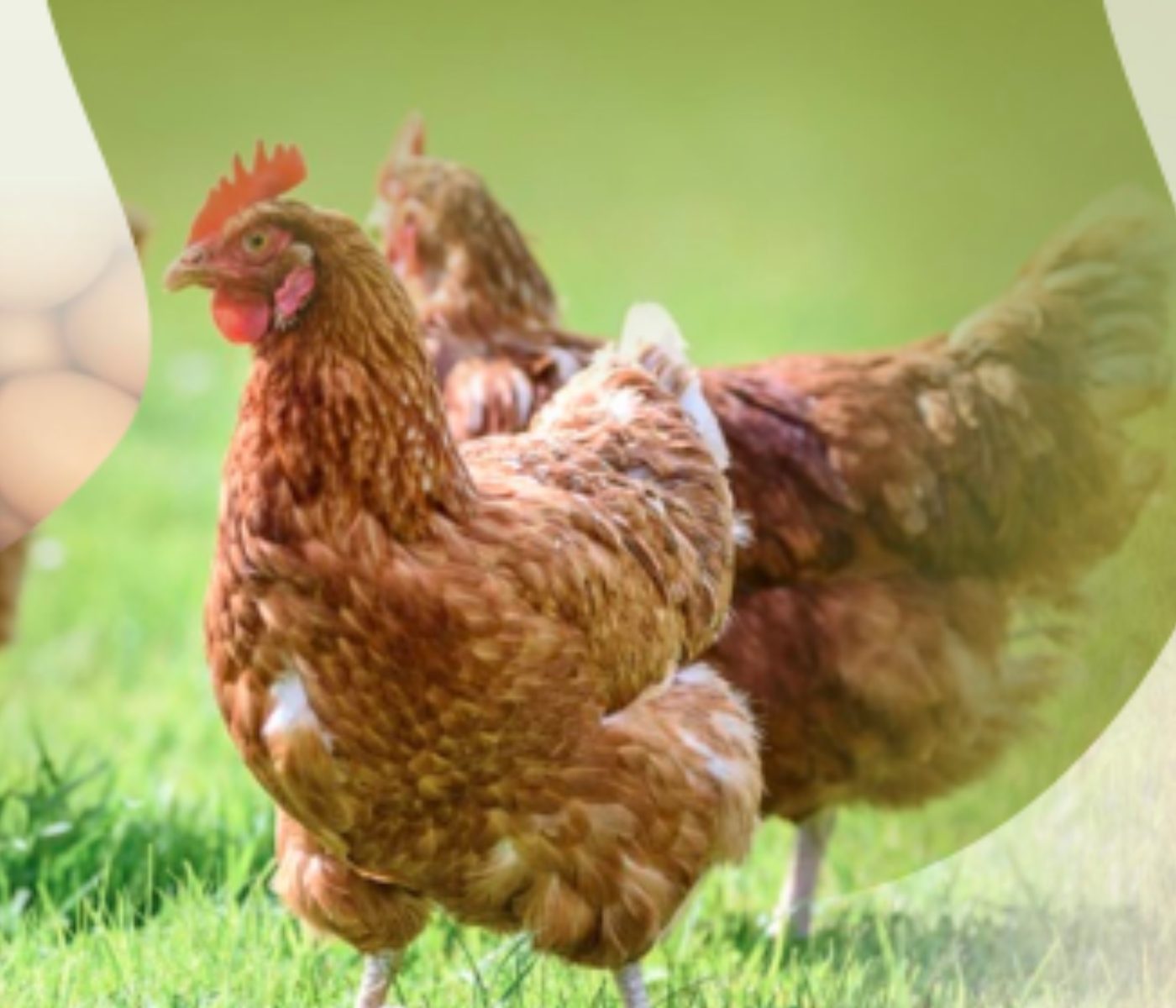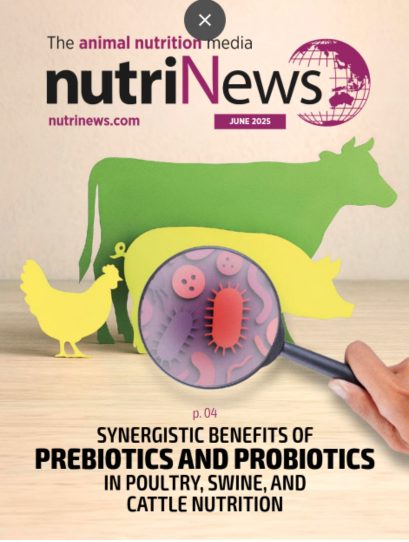Hybrid Rye Potential in Laying Hen Feed Rations
As the global egg industry faces mounting pressure from shifting climate conditions, economic uncertainties, and heightened sustainability demands, nutritionists and producers alike are turning to alternative feed ingredients that can help balance performance, cost, and environmental impact.
|
Among the promising options gaining renewed attention is hybrid rye—a modern cereal crop that offers advantages in yield stability, nutrient density, and adaptability to various growing conditions. |
Once considered a niche ingredient, hybrid rye is now making its way into commercial layer diets thanks to advances in breeding and a growing body of nutritional research.
 Its fiber profile, protein content, and digestibility have been reevaluated under contemporary production systems, offering new opportunities to formulate efficient, sustainable diets without compromising hen health or egg output.
Its fiber profile, protein content, and digestibility have been reevaluated under contemporary production systems, offering new opportunities to formulate efficient, sustainable diets without compromising hen health or egg output.
|
Hybrid rye has the potential to help satisfy increasing demands on laying hen production resulting from greater climate variability, as well as challenging farm economics and requirements to reduce the environmental impact.
|
What matters is the right know-how to feed it. This article highlights some of the latest research.
From precision formulation strategies to insights on gut health and environmental performance, this article explores how hybrid rye can become a valuable component in the toolbox of modern egg production.
Benefits of hybrid rye as a crop
The need for more sustainable farming practices has led to exploring alternative feed ingredients that minimise the environmental impact while providing essential nutrients. Hybrid rye is an attractive crop, because it has greater yields than conventional varieties and other small grains.
|
It is less susceptible to fungal contamination, e.g. ergot and as a result, requires fewer and cheaper fungicides. Input costs are reduced further, due to lower requirements for nitrogen and pesticides.
As hybrid rye requires less nitrogen fertilizer, it is a suitable candidate for efforts to reduce the carbon footprint of production. At the same time, it can lower the cost of feed. |

Not all rye is created equal
Unlike open-pollinated conventional rye varieties, hybrid rye is the outcome of controlled crossbreeding between two distinct parent lines. This introduces genetic diversity and enhances desirable traits.

Poultry producers are reluctant to feed rye, due to adverse effects on poultry performance with conventional rye varieties in comparison to other grains seen in the past.
The negative effects of rye were related to the levels of antinutritional factors, mainly the water-soluble fraction of non-starch polysaccharides (NSPs), but also ergot. The bird’s digestive enzymes are not capable of degrading NSPs, especially arabinoxylans.
The high concentration of soluble NSPs in rye grain increases digesta viscosity, which reduces the digestion and absorption of nutrients, including minerals. The resulting impaired gut function can lead to depressed performance and feed conversion.
Although most trials showed that there was a greater negative response in broilers than laying hens. Furthermore, it has been shown to increase the incidence of wet litter, which can lead to footpad dermatitis.
However, new types of hybrid rye have been developed, which have shown to contain a reduced amount of antinutritive compounds. Therefore they have a greater potential to be included in diets with a lower risk of a reduction in performance indices.
|
Strategies to optimize rye inclusion
Scientific reviews report that most experiments with poultry confirmed that the addition of NSP degradative enzymes can reduce the viscosity of the intestinal content through the hydrolysis of plant soluble polysaccharides.
|
Inclusion of hybrid rye in layer feeds
Emerging research with new hybrid rye varieties with lower NSP content is showing some promising results in laying hen experiments with inclusion rates of up to 25% in layer feeds.
Effects on laying hen performance
Research investigating the effects of hybrid grain on hen productivity and egg weight, showed no significant impact up to an inclusion level of 25% in the diet. However, some studies reported an increase in the viscosity of intestinal contents and a corresponding increase in the moisture of excreta.
Still, the supplementation of xylanase to the diet was able to reduce the viscosity of intestinal contents in response to diets with hybrid rye.
Effects on egg quality
 A study using different levels of hybrid rye (0%, 10%, 15%, 20% or 25%) in laying hen diets showed that egg and eggshell quality indices were unaffected by dietary rye grain. However, rye inclusion significantly decreased yolk colour and increased the viscosity of digesta.
A study using different levels of hybrid rye (0%, 10%, 15%, 20% or 25%) in laying hen diets showed that egg and eggshell quality indices were unaffected by dietary rye grain. However, rye inclusion significantly decreased yolk colour and increased the viscosity of digesta.
An increased rye level resulted in lighter yolks with a lowered share of redness and yellowness compared to those obtained from hens fed a control diet. Diet supplementation with xylanase had no significant effect on egg quality (except for yolk colour) but decreased the viscosity of intestinal content in laying hens.
Another study investigating the effect of a 25% inclusion of hybrid rye in laying hen diets for 25 weeks reported no adverse effects on egg shell quality at the end of the laying cycle. The addition of xylanase to the diet positively influenced eggshell thickness, in eggs from hens fed a rye–wheat–corn diet.
Also when whole hybrid rye grain was replacing ground wheat up to 20% in laying hen diets there were no negative effects on egg quality parameters.
 An interesting finding from research carried out in Poland was that the inclusion of hybrid rye in laying hen diets reduced the amount of saturated fatty acids and increased unsaturated fatty acids in egg yolk. This could pose a beneficial nutritional effect for consumer health.
An interesting finding from research carried out in Poland was that the inclusion of hybrid rye in laying hen diets reduced the amount of saturated fatty acids and increased unsaturated fatty acids in egg yolk. This could pose a beneficial nutritional effect for consumer health.
Effect on bone structure
 Mineral-metabolism-related disorders and bone weakness in laying hens, which affect both the effectiveness of the production cycle, and the overall welfare of the hens can be a serious problem.
Mineral-metabolism-related disorders and bone weakness in laying hens, which affect both the effectiveness of the production cycle, and the overall welfare of the hens can be a serious problem.
There are several factors including genetic, environmental and endocrine factors that can affect the quality of bones in laying hens.
However, nutrition is acknowledged to be the most important factor, as it plays an important role in the regulation of bone homeostasis. There are studies that have shown that the presence of NSP-rich grains in poultry diets affects bone quality parameters.
|
A more recent study evaluating the effect of the inclusion of hybrid rye in wheat-corn based mash diets on bone quality concluded that hybrid rye varieties can be introduced to this diet at 25% replacing corn without adverse effects on bone structure from the age of 26 to 50 weeks. However, xylanase enzyme supplementation (200mg/kg of feed) is recommended, as it improved bone strength and quality. A possible explanation for this is that xylanase may promote the absorption of minerals enhancing calcium homeostasis, which improves bone quality. |
Conclusions
Current research data suggest that egg producers can be confident that feeding up to 25% of hybrid rye with decreased NSP content, in laying hen diets causes no adverse effects.
| This has the potential to lower the cost of feed, as well as the carbon footprint of egg production.
It can help to make production systems more resilient to climate variability. Layer feeds including 25% of hybrid rye can be further optimized with the inclusion of NSP enzymes, such as xylanase.
|
You may also like to read: “Understanding Corn Variability: Part II”








 Generally the risk of adverse effects from rye is reported to be
Generally the risk of adverse effects from rye is reported to be 








